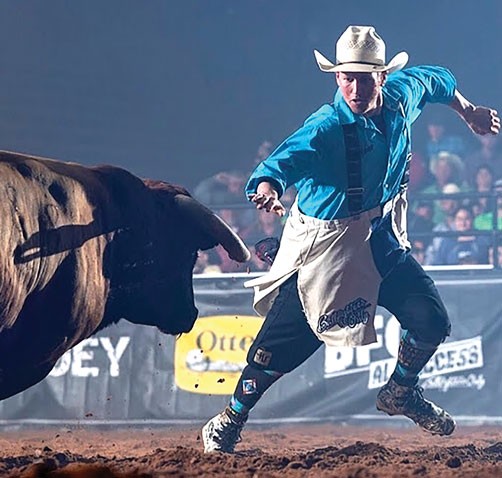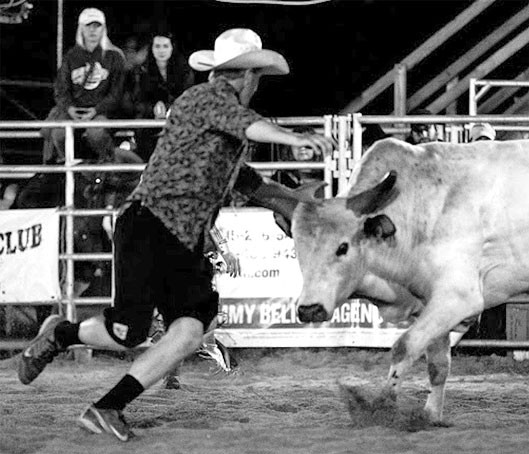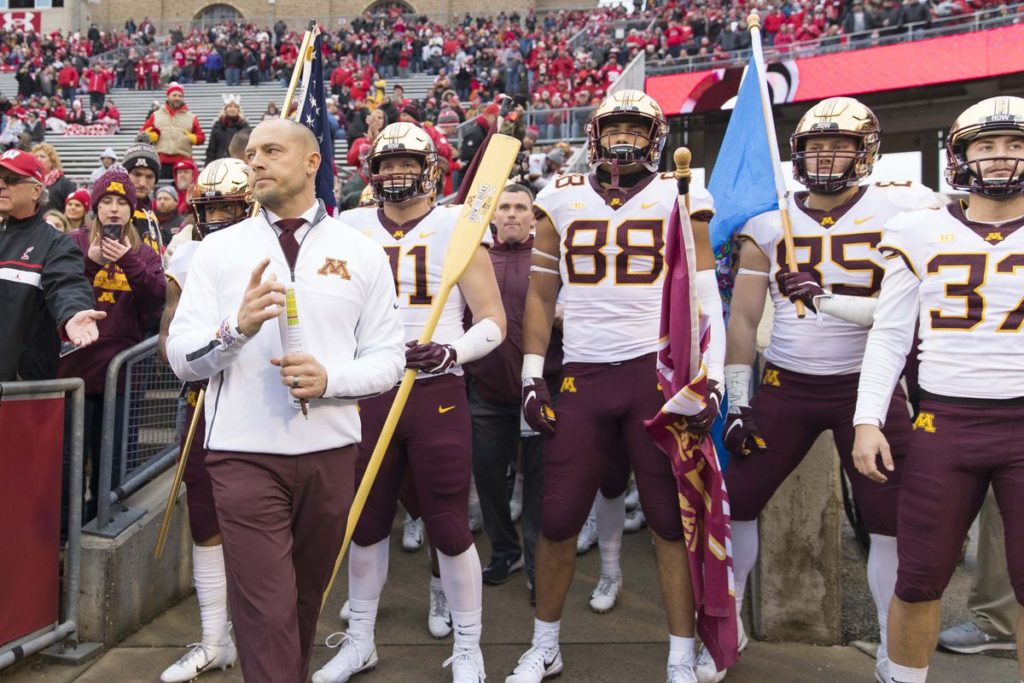By Chad Smith
Farm country is getting closer and closer to spring planting. Farmers are starting to look at their planters longingly, dreaming of being out in the field. After a wet winter that resulted in serious flooding problems, the nation’s midsection is looking for a spell of dry weather. However, ag meteorologist Ryan Martin of Warsaw, Indiana, says planters are likely going to sit a spell yet. It’s important to remember that we’re way too early to think about seriously-delayed spring planting.
“It probably going to be late this month or early into next month before planters get rolling,” Martin said. “It’s way too early to start thinking about serious spring planting delays. We’re actually not even at first planting dates in a large part of the Corn Belt yet.
Heartland Forecast
“As I look at the pattern stretching all the way from the Great Plains through the Corn Belt, we’ve got a big weather system that wants to move through late this weekend (Sunday, April 7 possibly through early Tuesday the 9th). There won’t be a lot of good drying time after that running through the end of the week.”
After that, there’s another system in the 11-to-16-day forecast that may have 1-3 inches of rain coming across all the key growing areas. Martin says, flooding and current situation aside, the forecast doesn’t give farmers enough of a window in there to really start spring planting en masse.

Parts of Nebraska, Iowa, and Missouri have been devastated by flooding this spring, and the dry weather farmers are looking for really isn’t going to happen. “I don’t think so,” he said. “The way the pattern looks over the next 10 days, I’m counting two systems that come through. One won’t have a huge amount of rain, but the second one could bring as much as a quarter-inch to as much as 1.25 inches.
“Normally at this time of year that would be good news,” Martin added. “But, the way things are set up right now it’s just not good.”
Southern Plains/Delta
There are some planters rolling deeper in the Southern Plains and in the Delta. Martin said the weather pattern in that part of the country shows that farmers may have to dodge some thunderstorms in order to keep spring planting going forward.
“Fronts will be coming through but as they do, they won’t hit everyone at the same time,” he said. “Over the next three weeks or so, those storms will end up with about 60-70 percent coverage at any given time. It doesn’t look too excessive to me right now. It’ll be a hodgepodge type of activity that should eventually allow crops into the ground and then get the crops the kind of rainfall they need to get going.”
The pattern for the heaviest rains wants to stay a little farther north into the Central Plains and the Missouri Valley Corn Belt areas. The interesting area to watch will be the far east part of the Deep South, where the likelihood of getting the crop in the ground on time is pretty good.
“Alabama, Mississippi, Georgia, and up into Tennessee are places where temperatures might lag a little behind normal,” Martin said. “There could be some thunderstorm development but I’m not quite as bullish on rain or bearish on getting spring planting in the Deep South done as I am farther north.”
Potential Flooding Possible in Upper Midwest
There won’t be as much happening in the western states in terms of precipitation like there will be in other parts of the country. The biggest story in the western U.S. won’t be in terms of new systems moving through. It’ll more likely involve snowpack runoff. The interesting thing about snowpack runoff is the problems won’t necessarily be just out west.
“The Red River likely will hit major flood stage in eastern North Dakota and western Minnesota,” he said. “There is snowpack that goes all the way back up into Montana and into the northern Rockies. The biggest question is just how fast we’ll see that snow melt and move through the area.
“The question is whether we’ll see a fast snowmelt with temps above normal,” he added. “That could be the story more than new systems coming through. Temperatures are still a little squirrely as temps likely will lag behind normal due to all that snowpack that still sits on the ground in those areas I mentioned.”
Here’s the entire conversation:





